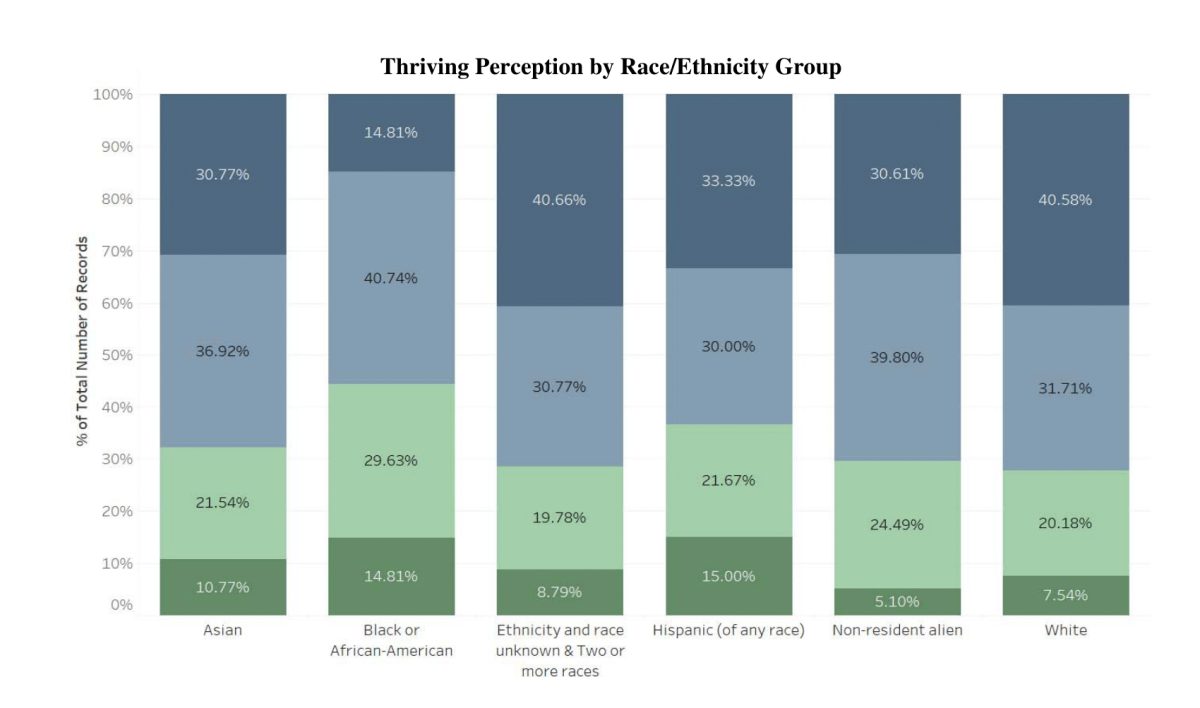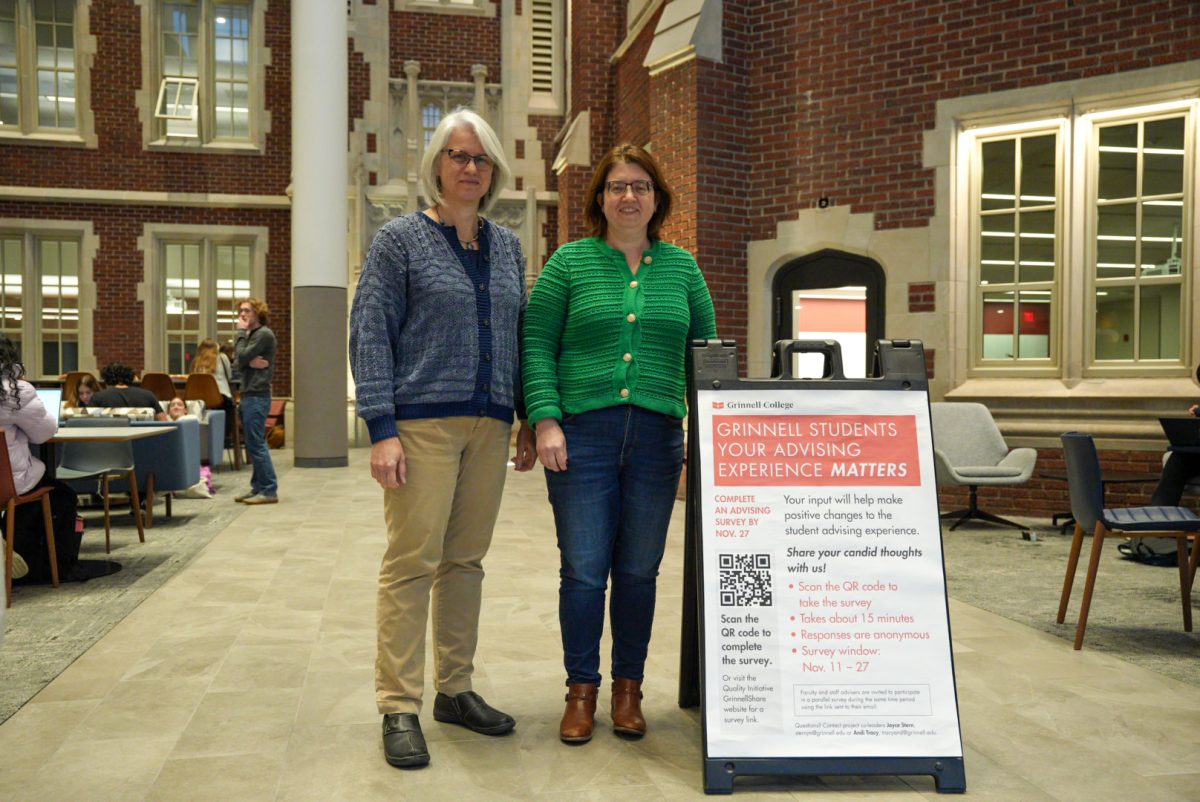What would it have been like to win a Greek poetry contest at age 11, in front of the Emperor? While this question may never be fully answered, Kathleen Coleman, James Loeb Professor of the Classics at Harvard University, presented her work on reconstructing a biography of exactly that 11-year-old boy. Coleman has worked to put together what life would have been like for Q. Sulpicius Maximus of Rome based on his funerary altar. Also, in her career, she has consulted on some interesting jobs.
“Let me say one thing about Gladiator first. I’m proud of the fact that I got one stage direction off the script, and it said ‘enter female gladiators with razor blades attached to nipples,’ so I said, ‘this is a glaring inaccuracy,’” Coleman said during her lecture on Thursday evening.
The McKibben Lecture is an annual event in memory of Bill and Betty McKibben, two former classics professors. Their endowed fund was set up by contributions from friends, colleagues and former students to bring high-profile lecturers like Coleman to Grinnell. In her work, Coleman has explored a funerary altar built for Q. Sulpicius Maximus to question the motives behind the design and how they reflect Roman life.
“I’m most excited for her to meet the students, because she’s excited to meet the students. She’s enthusiastic about teaching even intermediate Latin tomorrow. My students are nervous, but she’s ready,” said Professor Angelo Mercado, classics, who organized the event. “We try to go through all the sub-disciplines, the ones we don’t cover here. So this time around a specialist in later Rome and later Latin is coming. None of us [current faculty] work in that period.”
In her lecture, Coleman explored the reasons the young boy’s parents would have had for covering his tomb in his own poetry, as well as an especially long epitaph claiming that “but always far more powerful than gold and shining/ silver-gilt/ Will be the writing that you left behind.” Maximus won a poetry contest after improvising a poem in front of the Emperor Domitian, a fact that is prominently displayed on the oversized altar.
Through analysis of physical archaeological details and patterns within the writing, McKibben has been able to predict the kind of schooling the boy received, that his parents were most likely freed Greek slaves and the exact competition he took part in. While presenting the wealth of information she has gleaned from this one artifact, Professor Coleman continually returned to the impossibility of fully understanding the Roman world.
“I’m going to talk to you today about how to construct a biography of a completely unimportant person. That’s the value of this,” Coleman said. “We know about Julius Caesar, we
know about Livia, we know about Alexander the Great and so on, but we don’t know about people like me or, dare I say it, people like you.”
Much of Coleman’s work is centered on the idea of what the Romans wanted to record. She points out that, while Maximus’ parents wanted to mention his victorious poetry, they were not concerned with the preciseness of details. To Coleman, the imperfections on the altar, including uneven lines and some that don’t fit, are something only a 21st century audience would notice. The true value lies in reminding a contemporary audience of what the reality of life was in the first century.
“Who knows what Maximus would have accomplished if he’d survived? He did pretty well at the age of eleven,” Coleman said. “Above all else, we can see how fragile life was in antiquity. So few children would live to adulthood. But he got beyond the critical stage, he got beyond seven.” “Who knows what Maximus would have accomplished if he’d survived, he did pretty well at the age of eleven,” Coleman said. “Above all else, we can see how fragile life was in antiquity. So few children would live to adulthood. But he got beyond the critical stage, he got beyond seven.”






















































